by Jim Siergey


“Make Canada the 51st state!”
Brays a thief-liar-rapist in hate.
Compassionate, fair,
Straight-up, self-aware–
Canucks are all things he ain’t.
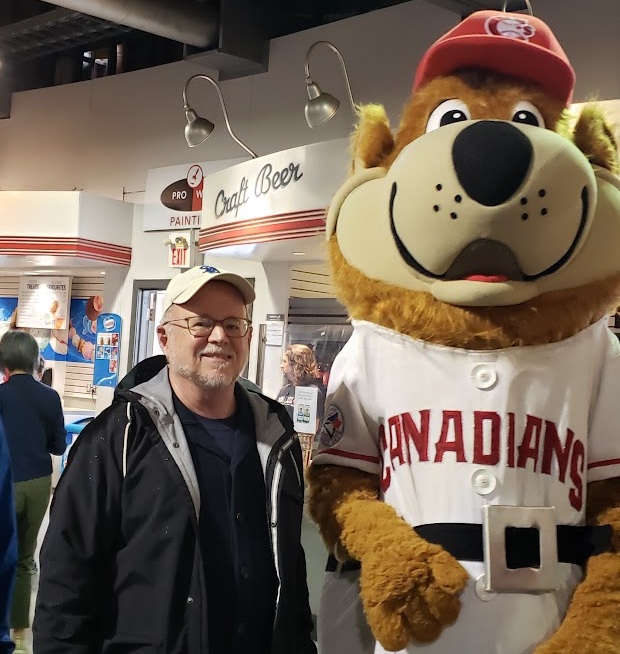
With my bear buddy, Buddy Brown Bear, at a Vancouver Canadians game, June 2023.
RIP to Bob Uecker and David Lynch
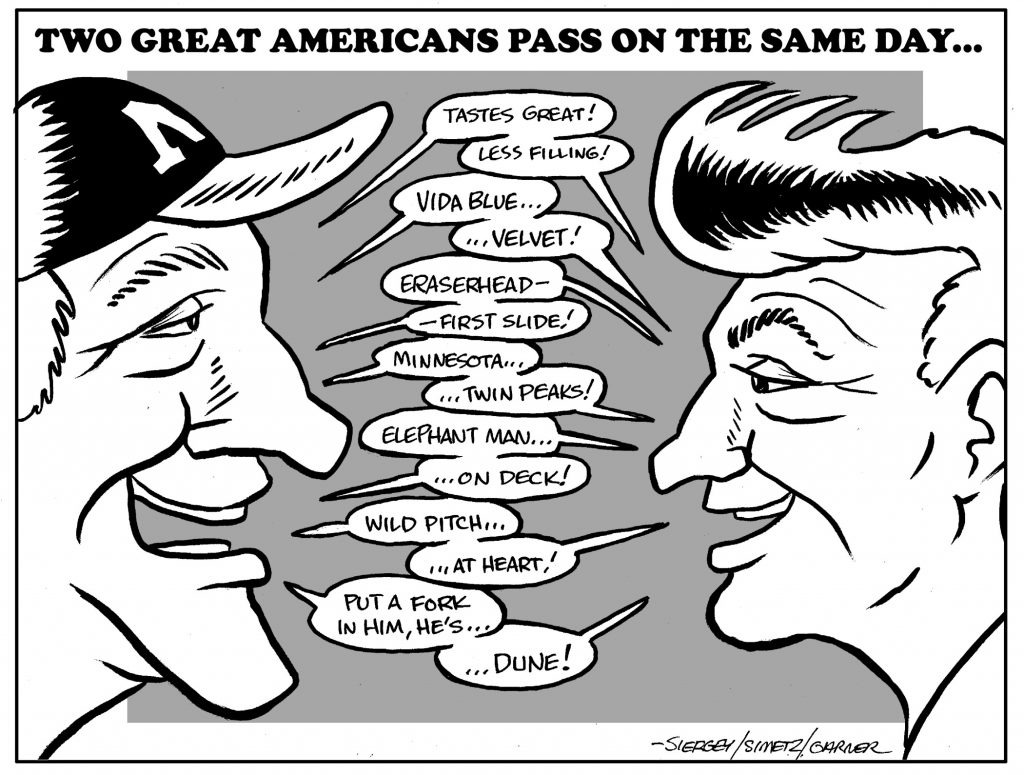
1B Lee Dressen
2B Doc Crandall
SS Turkey Gross
3B Greg Legg
LF Damian Rolls
CF Spud Johnson
RF Tyler Saladino
C Yam Yaryan
P Turk Wendell, Turk Lown, Doug Bird
Mgr. Norm Sherry
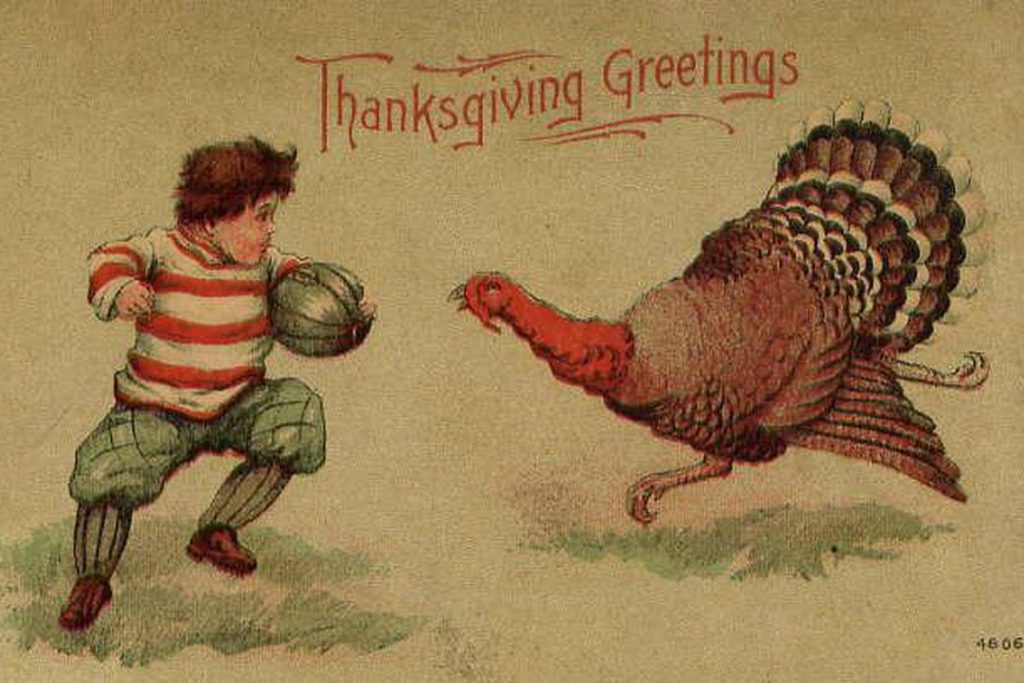
The New York Game: Baseball and the Rise of a New City is a new book from Kevin Baker that explores the early impact of New York and New Yorkers on the game we know today. Kevin is a contributing editor for Harper’s, and has published in The New York Times, The New Republic and New York Observer. He is also the co-author of Reggie Jackson’s Becoming Mr. October. Part 1 of our discussion appeared last week.
So, that was quite a World Series.
Yeah.
You don’t seem very happy. Was this year the very worst Yankees playoff loss? Ever?
Far from it. In the Brian Cashman era, you get used to incredible, humiliating losses in the postseason. I think I speak for all Yankees fans when I say that, considering the circumstances, the 2024 World Series—even the already notorious fifth inning of the fifth game—doesn’t lay a glove on the 2004 American League Championship Series, when the hated Red Sox come back from down, three-games-to-nothing. Or the ninth-inning, seventh-game loss to Arizona, in the 2001 World Series, just weeks after 9/11.
Wasn’t this World Series already lost, with the Dodgers having jumped out to a 3-0 lead in games?
More than likely. But the Dodgers, who played magnificently despite a tidal wave of injuries that had gone on all year, seemed to be finally wobbling. Their relief pitching was starting to fray. Shohei Ohtani was running the bases with his arm in a sort of sling. I actually felt sorry for him when Cole struck him out in that fifth inning, with high fastballs he couldn’t reach. And then—
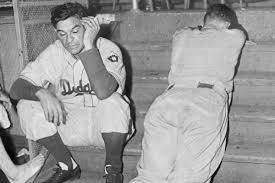
Ralph Branca of the Brooklyn Dodgers
Yes, then.
“The worst defensive inning in the history of the World Series,” they’re calling it. And I think that’s about right.
Who made the worst mistake?
For the players involved, the worst mistake was one thing. But for me, it wasn’t anything a player did at all. That play was inexcusable, of course, where Mookie Betts beat out a ground ball because Anthony Rizzo and Gerrit Cole couldn’t decide who was going to cover first. All credit to Betts, who was running hard on what looked like a sure out, in a game his team was losing by five runs. But that mix-up should never happen between two veteran players in a World Series game.
For me, though, the really unforgivable part of that inning was not what any player did, but what Aaron Boone did not do.
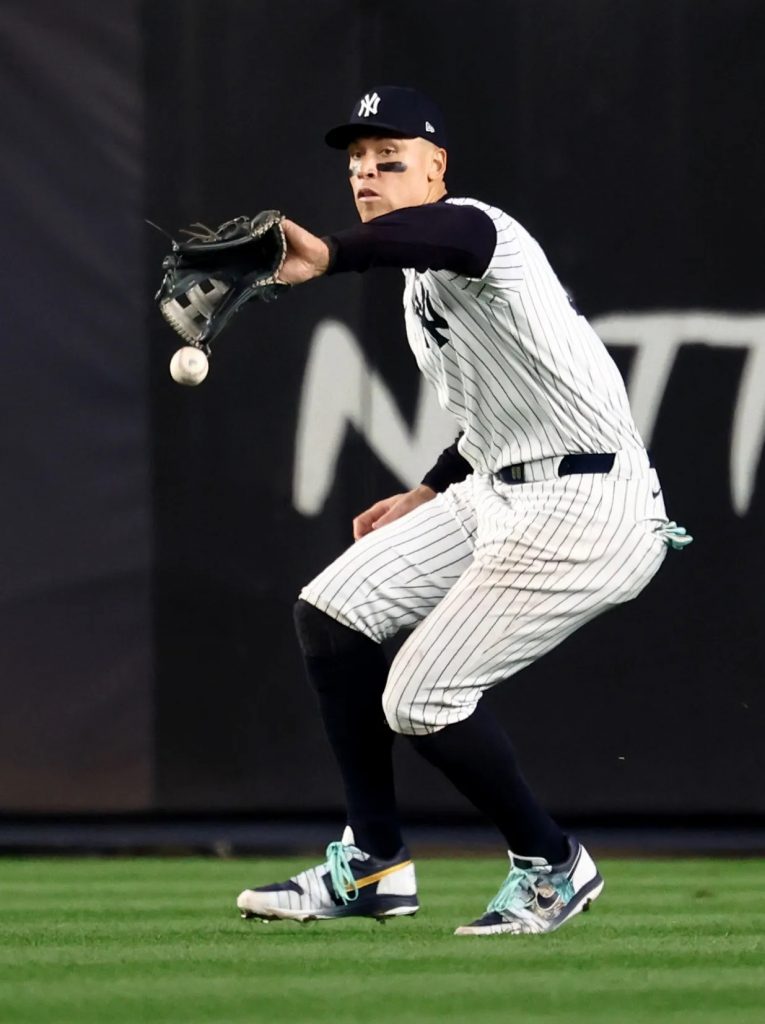
The Yankees manager? What was he supposed to do?
He needed to make it stop.
Yankees fans get on Boone perhaps too much, especially considering how constrained he is under Brian Cashman. But this World Series was not his finest hour. He made some terrible lineup and pitching decisions that cost the Yanks at least one game. And then there was what he did not do.